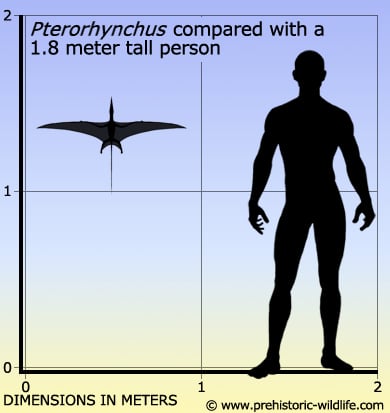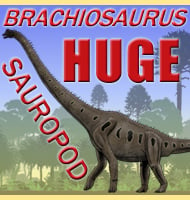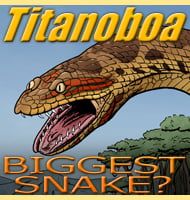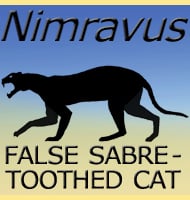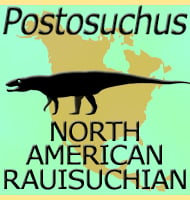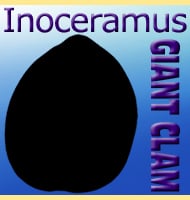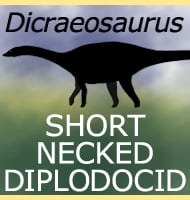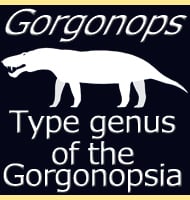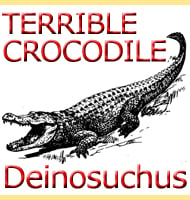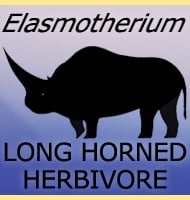In Depth
‘Wing snout’ may be an unusual name, but this one is in reference to the tall head crest of Pterorhynchus, which in itself is unusual by its very presence in a rhamphorhynchoid pterosaur. This crest rose up from where the nostrils began, rising at a steep angle before curving round to join the back of the skull. The crest was also reinforced by a series of ridges. The teeth of Pterorhynchus are quite robust and seem to be more suited for seizing small animals as opposed to fish and insects.
The Pterorhynchus holotype is another example of the finely preserved fossils that are known from Asia. The presence of pycnofibres in the specimen is indicative of insulation which in turn suggests a high metabolic rate, which certainly would have been better for maintaining active flight.
Further Reading
– A new rhamphorhynchoid with a headcrest and complex integumentary structures. S. Czerkas & Q. Ji – In – Feathered Dinosaurs and the Origin of Flight. The Dinosaur Museum:Blanding, Utah, 15-41 – Czerkas, S.J. (Ed.). – 2002.
